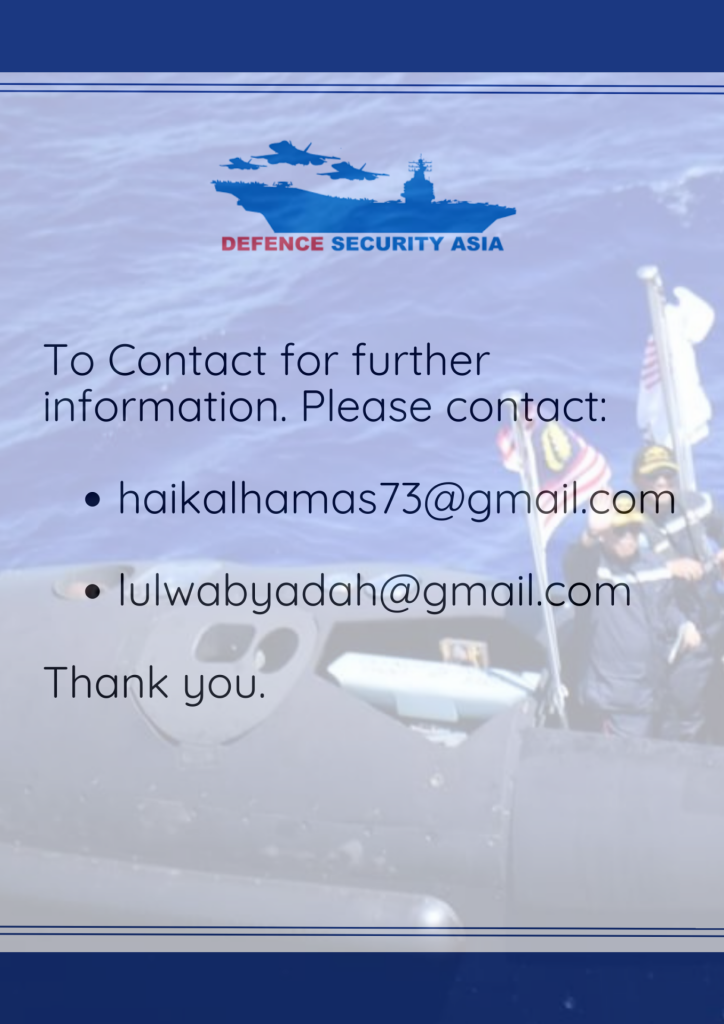Regional Skies on Fire: Rafale, F-35B, Gripen E/F and F-15EX to Ignite Southeast Asia’s Arms Race
Between 2025 and 2028, the region is expected to witness the operational debut of several next-generation fighter platforms, signalling a strategic shift in air combat capability across ASEAN.
(DEFENCE SECURITY ASIA) — The accelerating procurement of advanced multi-role combat aircraft (MRCA) by Southeast Asian nations is reshaping the regional aerial power balance, placing mounting pressure on Malaysia to revitalise its ageing fleet and assert its relevance in an increasingly contested skies.
Between 2025 and 2028, the region is expected to witness the operational debut of several next-generation fighter platforms, signalling a strategic shift in air combat capability across ASEAN.
Thailand is set to bolster its Royal Thai Air Force with the JAS-39 Gripen E/F, an advanced 4.5-generation fighter known for its superior sensor fusion, agility, and battlefield network integration via the Swedish-developed TDL (Tactical Data Link).
Indonesia is preparing to induct the French-made Dassault Rafale, equipped with cutting-edge AESA radar, Meteor beyond-visual-range air-to-air missiles, and Spectra EW suite, with the F-15EX Eagle II also under consideration to complement Jakarta’s aerial ambitions.
The Philippines, long reliant on subsonic jets for air policing, is on the cusp of finalising its first-ever MRCA acquisition, with the Saab Gripen and Lockheed Martin’s F-16 Block 70 in a head-to-head contest, now joined by the technologically promising KF-21 “Boramae” from Korea Aerospace Industries (KAI).
The KF-21, a 4.5-generation stealth-optimized fighter with future upgrades targeting fifth-generation capabilities, presents a cost-effective leap for air forces seeking to bridge into the next era of combat aviation.
Singapore, the regional technology leader in defence, is preparing to field the short take-off and vertical landing (STOVL) F-35B Lightning II, providing the Republic of Singapore Air Force (RSAF) unmatched flexibility and low observability in forward operations.
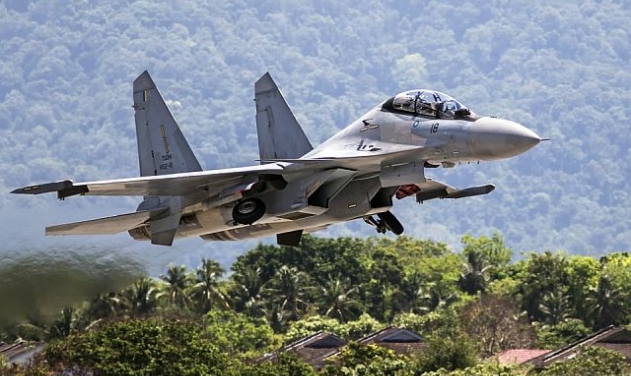
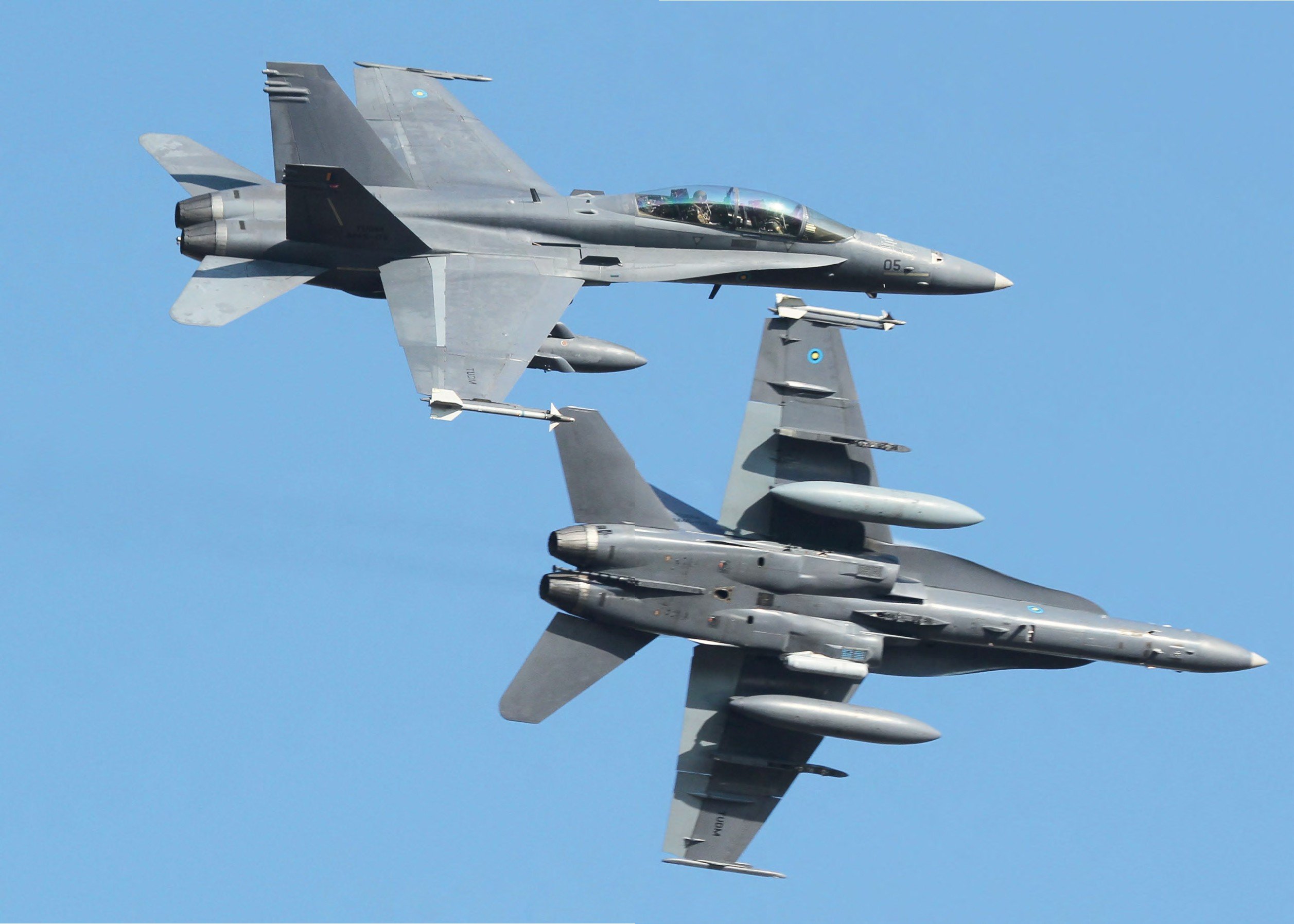
This influx of cutting-edge platforms marks a fundamental transformation in the region’s airpower calculus, prompting strategic recalculations by nations yet to modernise at a comparable pace.
Even Myanmar has completed delivery of six Su-30 fighters from Russia, while Vietnam is exploring options to augment its Su-30MK2 fleet with newer-generation aircraft to enhance its deterrence and response capability, particularly in the maritime domain.
Against this backdrop, Malaysia’s Royal Malaysian Air Force (RMAF) finds itself increasingly reliant on fourth-generation platforms—the Russian-built Su-30MKM and the American-made F/A-18D Legacy Hornet—both of which are struggling to remain competitive against more modern adversaries.
Malaysia currently operates 18 Su-30MKMs, a highly manoeuvrable air superiority fighter derived from the Su-30MKI, and eight F/A-18Ds, which have served reliably for over two decades but now lag behind in radar, sensor fusion, and network-centric warfare capabilities.
A potential acquisition of more than 30 surplus F/A-18C/D Hornets from the Kuwaiti Air Force may temporarily ease the operational shortfall, but its success hinges on the approval of the U.S. State Department and the broader geopolitical posture of the Biden administration.
While these second-hand Hornets may provide a near-term boost to fleet size, they are ultimately a stopgap measure—useful but not transformative in the face of shifting regional airpower dynamics.
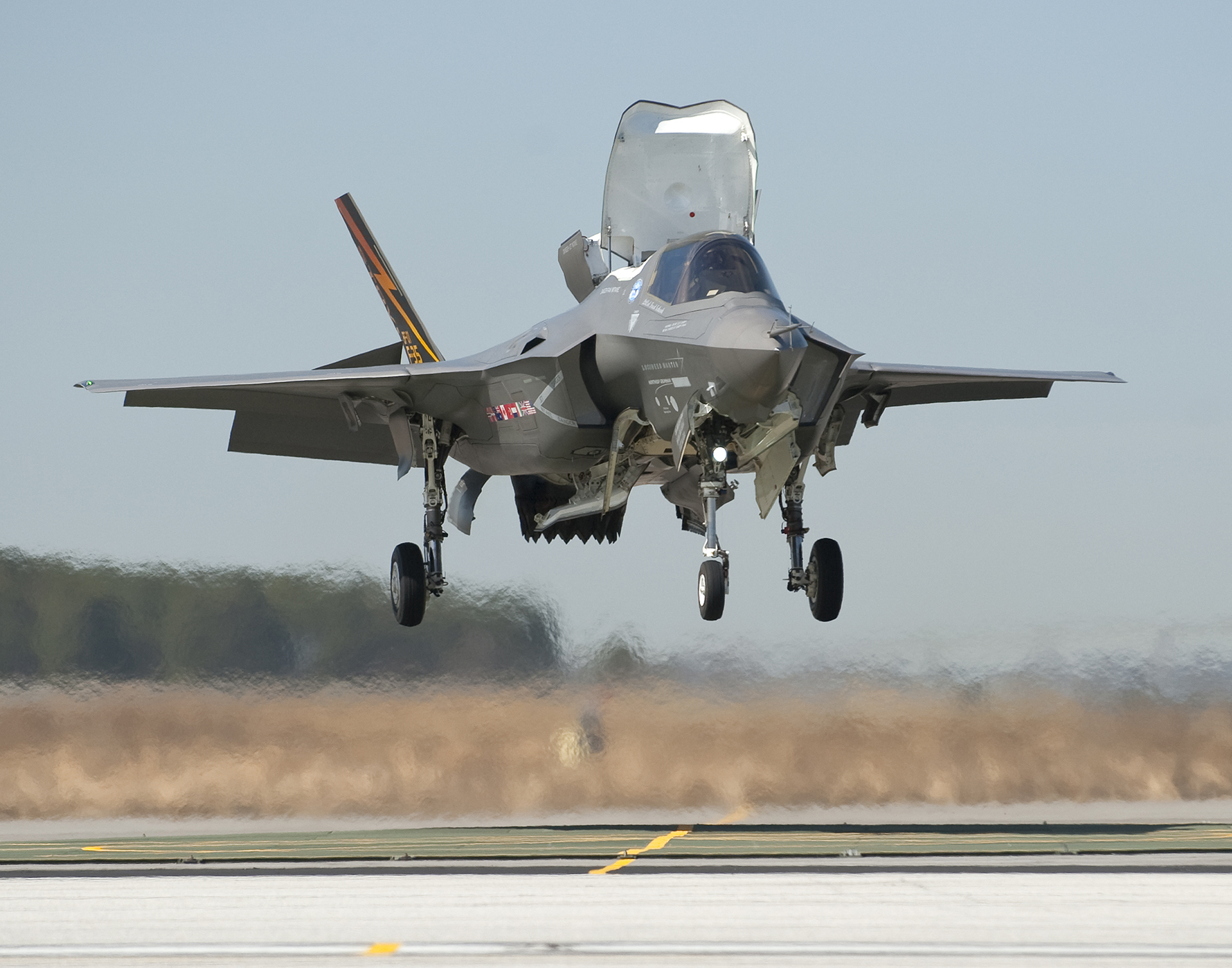
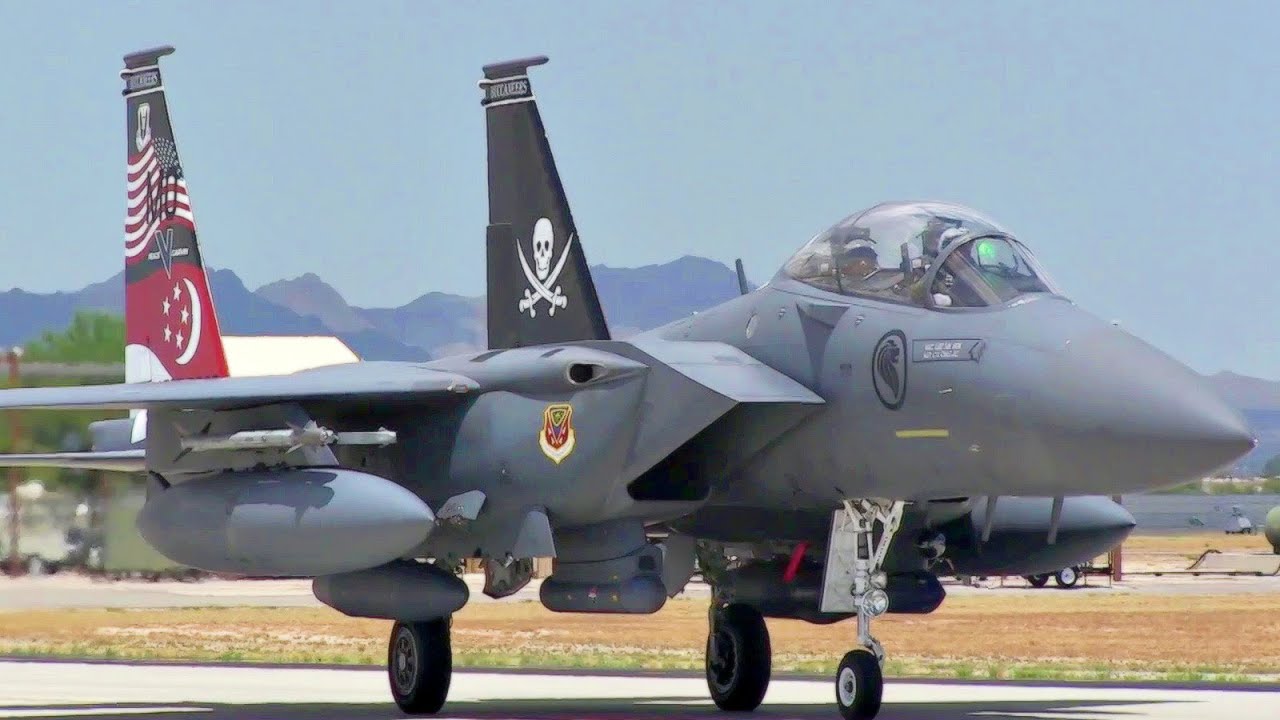
In May 2023, Malaysia signed a RM4 billion contract to procure 18 FA-50M Block 20 light combat aircraft from KAI, signalling a modest yet important first step towards recapitalising its tactical airpower.
The FA-50M, while the most advanced variant of the T-50 family, remains a light fighter with limited payload and range—more suitable for air policing and light strike roles rather than peer-level MRCA engagements.
Malaysia plans to retire the F/A-18Ds by 2035 and the Su-30MKMs by 2040, in line with the RMAF’s long-term transformation blueprint known as “CAP55”, which envisions a leaner, more technologically sophisticated force.
Both the Su-30MKMs and the F/A-18Ds are undergoing Mid-Life Upgrade (MLU) programmes to extend service life and improve mission systems, but even with these enhancements, their ability to match the performance envelope of incoming 4.5 and fifth-generation aircraft remains in doubt.
This evolving “capability gap” has become a central concern among strategic planners and defence analysts, with fears that Malaysia may fall irreversibly behind in the regional military-technological race if decisive steps are not taken soon.
There are growing indications that the Ministry of Defence and the RMAF are exploring options to fast-track the next phase of MRCA procurement, driven in part by a deteriorating regional security environment and the intensifying power competition between the United States and China.
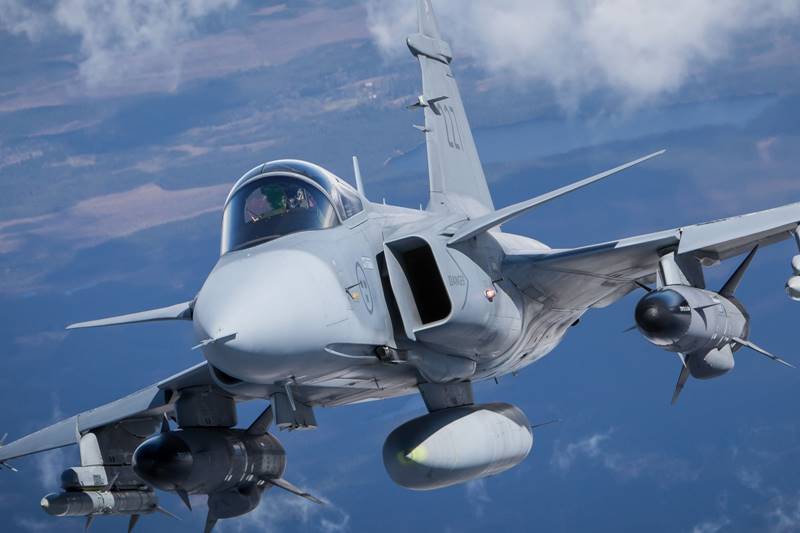
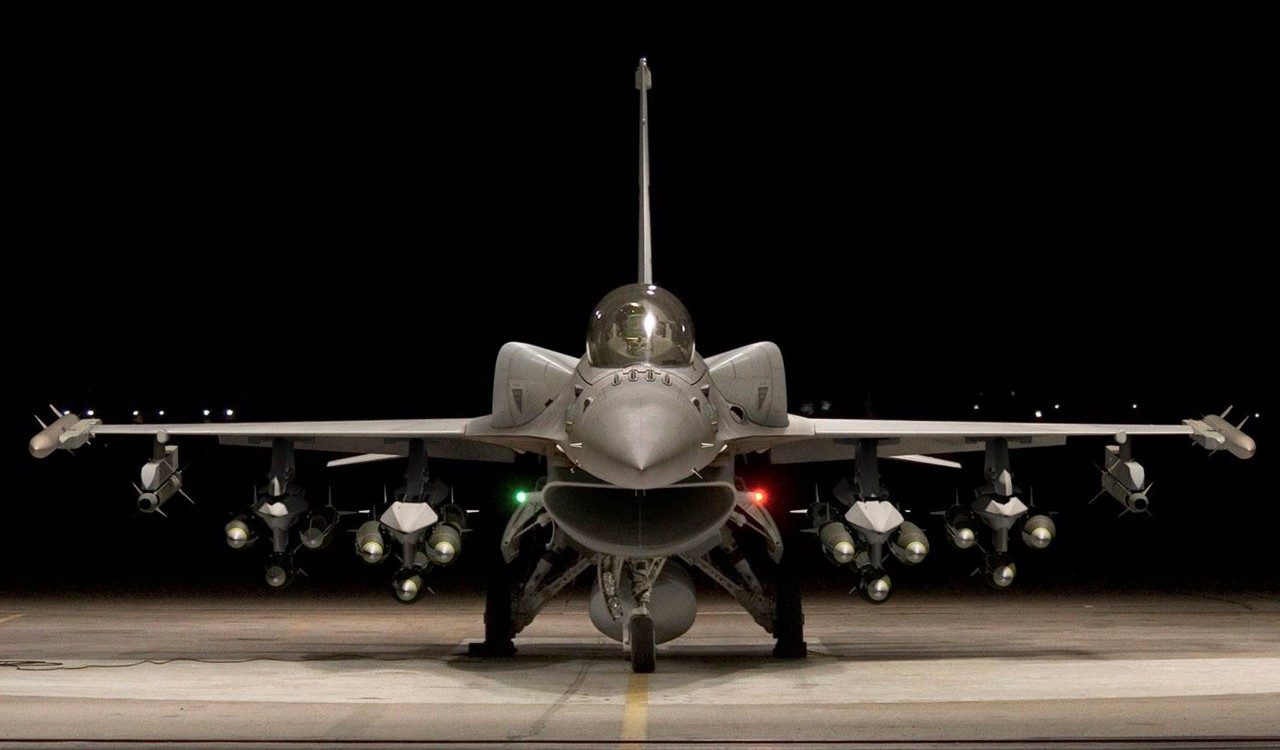
With Malaysia’s 13th Malaysia Plan set to commence in 2026, defence planners are believed to have initiated early-stage evaluations of potential MRCA candidates for induction in the 2035–2040 timeframe.
Reports suggest that the shortlist includes fifth-generation platforms such as the Su-57 “Felon” from Russia—boasting supercruise, stealth shaping, and internal weapons carriage—and the KF-21 Boramae, whose advanced radar, modular avionics, and stealth-ready airframe provide a credible pathway to fifth-generation parity.
While the KF-21 is currently a 4.5-generation fighter, KAI has publicly announced plans to evolve it into a full fifth-generation aircraft with internal weapon bays, enhanced stealth coatings, and AI-enabled mission systems in later blocks.
In strategic terms, the widening gap between Malaysia’s air combat capabilities and those of its neighbours—particularly Indonesia and Singapore—is no longer hypothetical; it is materialising with every new aircraft delivery and fleet upgrade across the region.
Indonesia’s planned deployment of Rafales and potentially F-15EXs and Singapore’s imminent integration of the F-35B positions both nations at the forefront of the region’s airpower evolution, marginalising Malaysia in high-end aerial warfare scenarios.
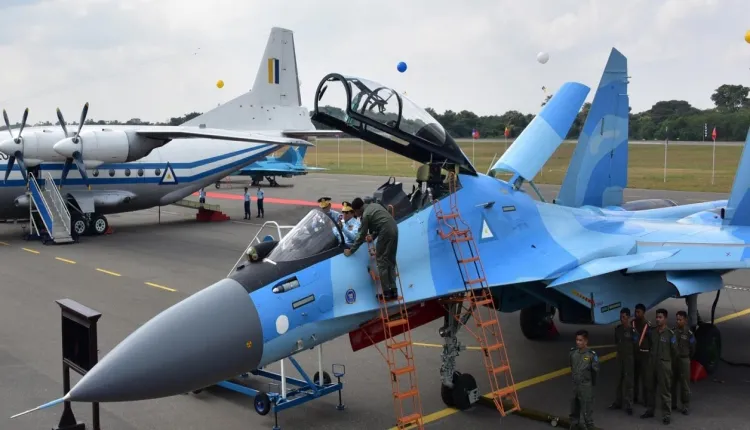

If the Malaysian government and defence establishment fail to respond with urgency, the RMAF may find itself relegated to a second-tier force, ill-equipped to deter or defeat near-peer threats in increasingly volatile flashpoints.
One such flashpoint is the South China Sea, where Malaysian aircraft are increasingly forced to operate in proximity to a highly advanced and assertive People’s Liberation Army Air Force (PLAAF), whose fighter patrols are growing in frequency and sophistication.
China has already deployed its fifth-generation J-20 “Mighty Dragon” for operations over the South China Sea, a stealth fighter with AESA radar, advanced datalinks, and supercruise capability designed to achieve air dominance in high-threat environments.
By 2030, China is expected to field operational sixth-generation fighters—most notably the CAC J-36 and Shenyang J-50—which are currently undergoing experimental testing, and may soon join J-20s in patrolling the contested airspace around disputed maritime zones.
The emergence of sixth-generation Chinese platforms, with likely capabilities such as drone teaming, directed energy weapons, and ultra-stealth configurations, represents a seismic leap in the regional aerial threat environment.
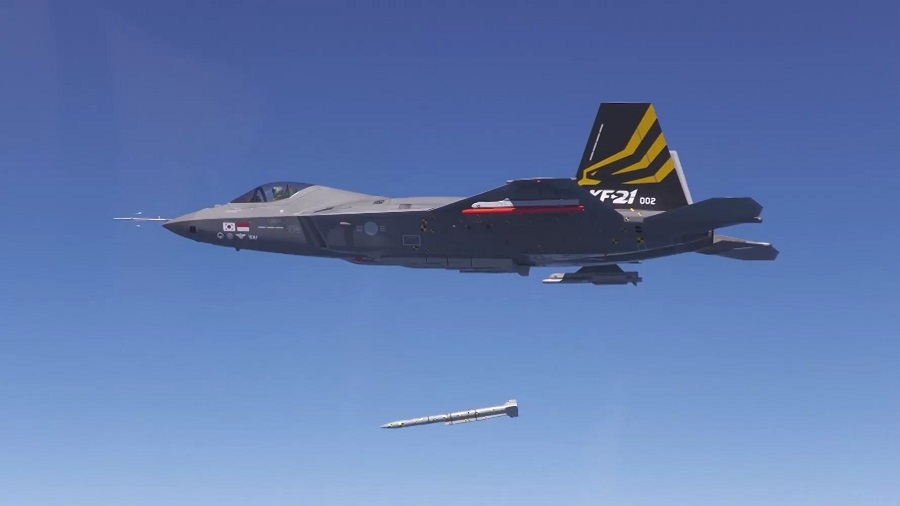
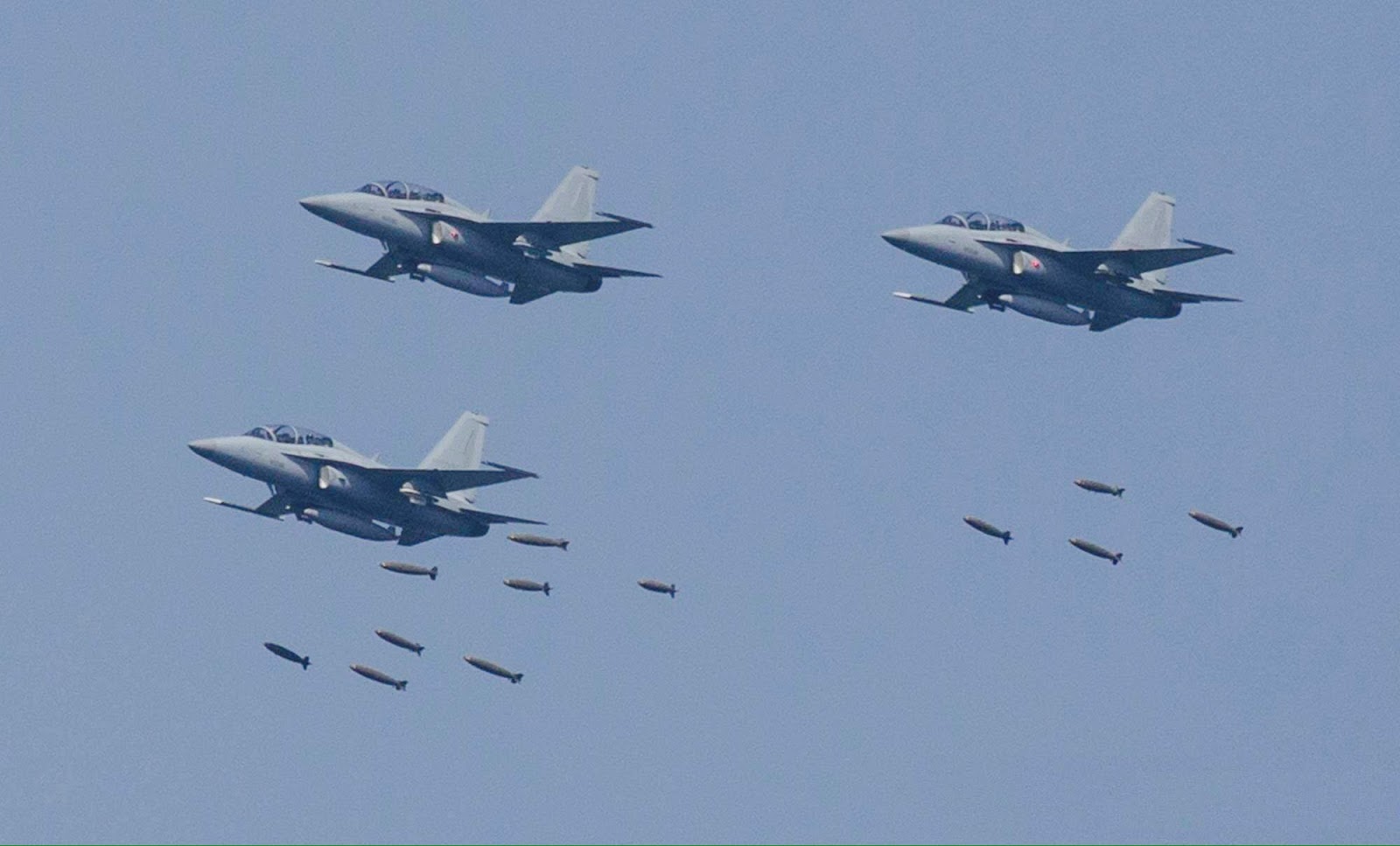
As Malaysia navigates this increasingly complex and militarised air domain, the challenge is no longer just about fleet numbers or replacement timelines—it is about strategic relevance, deterrence credibility, and national sovereignty in an era of high-technology warfare.
The coming years will demand not only hardware upgrades but also a clear-eyed recalibration of Malaysia’s defence posture to ensure it can operate, survive, and prevail in the new battlespace of Southeast Asia.
Whether Malaysia rises to this challenge or risks strategic marginalisation will define the future of the RMAF and the nation’s role in the shifting security architecture of the Indo-Pacific.
— DEFENCE SECURITY ASIA
